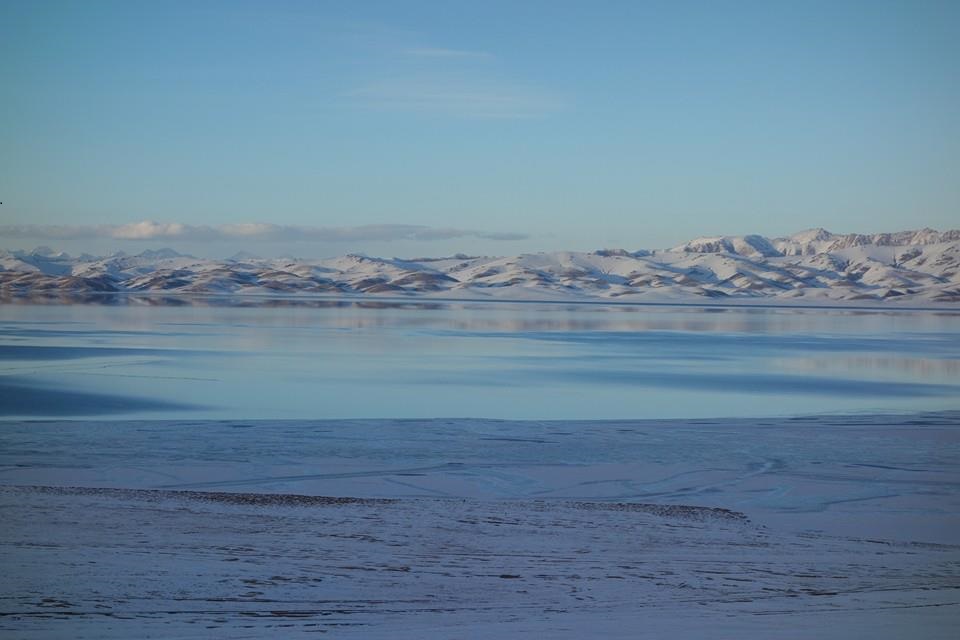I will talk about the corrections induced by higher curvature terms inspired in the low-energy effective action of string theory in the graviton-dilaton sector. We consider a suitable field redefinition in order to obtain a ghost free Lagrangian, which is consistent with the perturbative truncation coming from string theory. In this setup, we solve the field equations analytically for a spherically symmetric ansatz and for a slowly rotating black hole in D=4. Comments regarding the corrections to the spectrum of the Gregory-Laflamme instability due to the higher curvature terms in D=5 are also given.
- Institute
- People
- Departments
- Algebra, Geometry and Mathematical Physics (AGMP)
- Branch in Brno (BB)
- Constructive Methods of Mathematical Analysis (CMMA)
- Didactics of Mathematics (DM)
- Evolution Differential Equations (EDE)
- Mathematical Logic, Algebra and Theoretical Computer Science (MLATCS)
- Topology and Functional Analysis (TFA)
- Archive of departments
- Positions
- Research
- Events
- Calendar
- Partnerships
- Links


